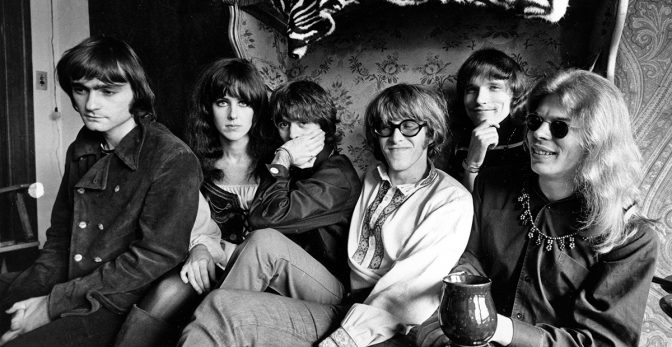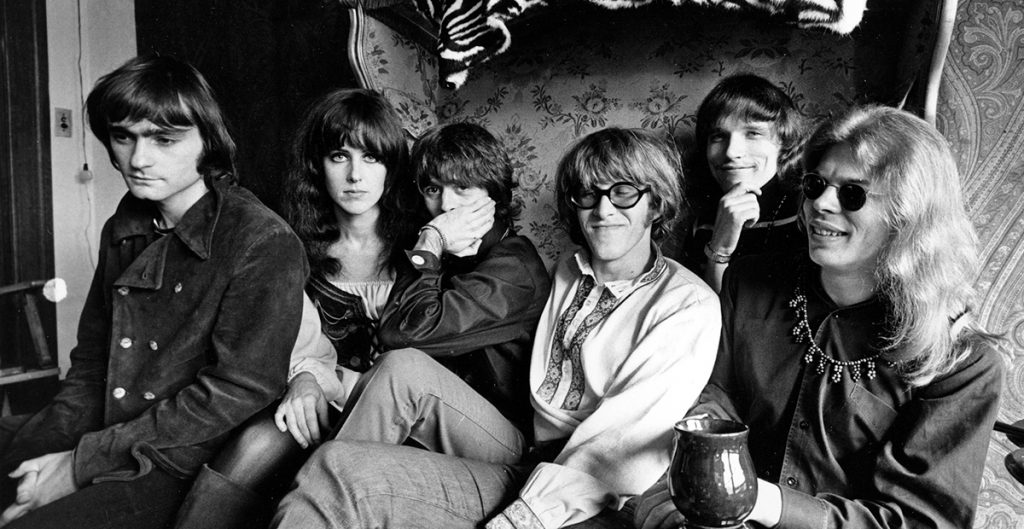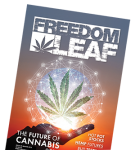Book Review: Jorma Kaukonen’s ‘Been So Life: My Life in Music’


Jefferson Airplane, circa 1968, from left: Marty Balin, Grace Slick, Spencer Dryden, Paul Kantner, Jorma Kaukonen and Jack Casady
With Woodstock 50 four months away, 1969 festival alum and former Jefferson Airplane guitarist Jorma Kaukonen is in the news with a his autobiography, Been So Long: My Life in Music.
Hardcore Airplane and Hot Tuna fans already know the basic outline of Kaukonen’s life: An authenticity-obsessed student of traditional, finger-picking country blues in the folk revival of the early ’60s (Harlem legend Blind Gary Davis was his special inspiration), Kaukonen catapulted to stardom when he went electric as the lead guitarist for Jefferson Airplane, the flagship band of the psychedelic San Francisco sound.
Together with Airplane bassist and childhood friend Jack Casady, they formed Hot Tuna as a side group in 1969 that returned to Kaukonen’s country-blues roots before again going electric, this time as a heavy blues-rock power trio in the style of Cream. After Tuna split up in the late ’70s, he briefly experimented with the punk-blues band Vital Parts, but this didn’t go over well with his fans. In the ’80s, Kaukonen spiraled downhill; by the time he was called back for an Airplane reunion album in 1989 his career was at a nadir.
It’s hardly surprising that tales of drug use devour many pages. Cannabis was a “sacrament” for these early San Francisco musical pioneers, a rite of cultural bonding as well as enhancement to creativity. LSD trips followed.
Kaukonen subsequently revived Tuna as a country-blues group. In the 21st century, he went back to the land on a farm in rural Ohio where he now teaches guitar to kids from across the country, passing that old-school blues method to a new generation.
In Been So Long, the real geeks get the details on every model of guitar Kaukonen ever played, as well as every make of car and motorcycle he ever rode. Fanatics get an inside look at his Finnish-Jewish ethnic roots, his boyhood as a globe-trotting Foreign Service brat, his early gigging on the Washington, DC bar scene and his recruitment into the Airplane.
It’s hardly surprising that tales of drug use devour many pages. Cannabis was a “sacrament” for these early San Francisco musical pioneers, a rite of cultural bonding as well as enhancement to creativity. LSD trips followed. Kaukonen seems a little self-conscious about this, even denying that the Airplane, quintessential icon of the countercultural explosion, was a “hippie band.” He claims to have never actually lived in Haight-Ashbury, but in fact the Airplane’s communal house at 2400 Fulton Street was just a few blocks north of the Haight.
Kaukonen’s reticence about identifying with the hippies may have to do with acute awareness of his own self-destructive streak. For him, speed was a “work drug” used habitually to keep going through shows. His decline in the ’80s was, in large part, due to alcoholism and heroin use. The psychological toll of the related nightmare—financial woes, deeply dysfunctional relationships, rusting musical chops—is depicted unsparingly.
But Kaukonen lands on his feet in the end, emerging from his trial by fire chastened but wiser. He establishes a new stable and happy family life and wins less glittery, but more meaningful acclaim as one of the nation’s foremost preservationists of intangible Americana. The embryonic journey he embarked on in the heady ’60s has brought him a hard-won fulfillment.
More Book Reviews
Let’s Go (So We Can Go Back) by Jeff Tweedy
Gold Dust Woman: A Biography of Stevie Nicks by Stephen Davis
Fare The Well: The Final Chapter of the Grateful Dead’s Long, Strange Trip by Joel Selvin
This article appears in Issue 35. Subscribe to the magazine here.

